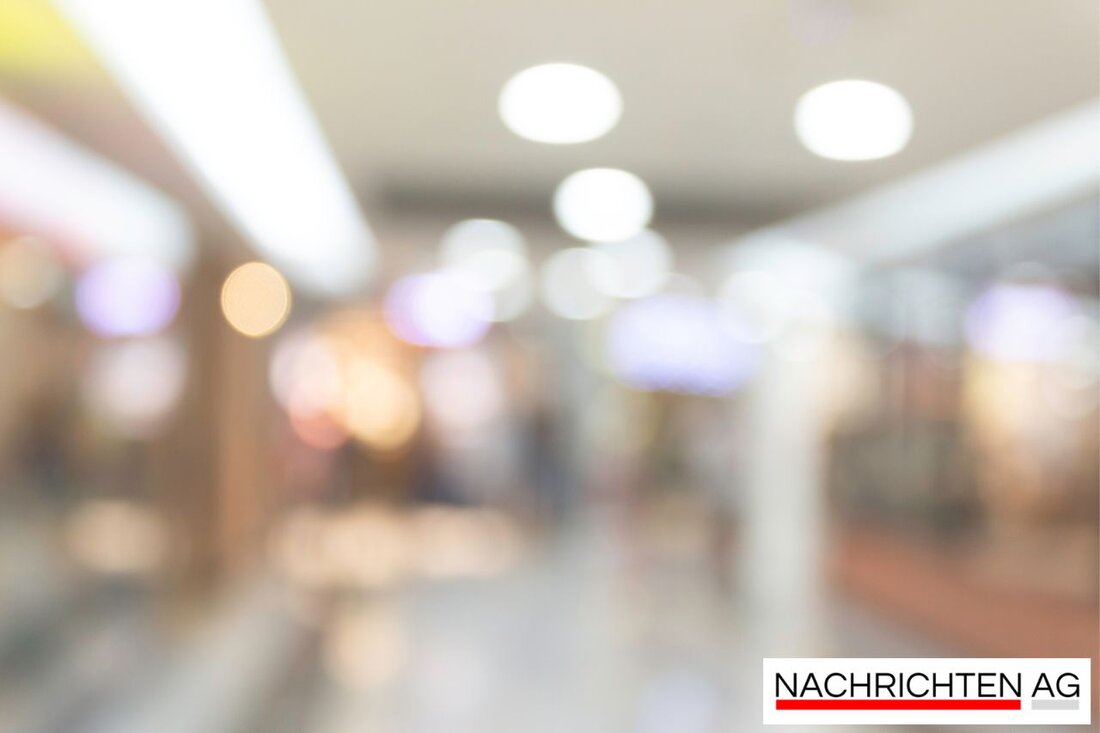Prefabricated building renaissance: New exhibition in Potsdam starts today!
Experience the “Housing Complex” exhibition in Potsdam, which focuses on socialist housing in the GDR until February 2026.

Prefabricated building renaissance: New exhibition in Potsdam starts today!
The “Residential Complex” exhibition in Minsk opens today in Potsdam, which takes a fascinating look at the legacy of the GDR’s prefabricated building architecture. This exhibition, which will be on view until February 8, 2026, presents a diverse collection of works of art that deal with the topic of socialist housing. Curated by Kito Nedo, 50 works by 22 artists will be shown, which open up different perspectives on the promising but also controversial forms of housing. The Minsk is located at Max-Planck-Straße 17 in Potsdam and is open every day, except Tuesdays, from 10 a.m. to 7 p.m. The entry price is 10 euros, reduced to 8 euros, with entry being free on the last Sunday of the month, as [rbb24](https://www.rbb24.de/kultur/teil/2025/09/potsdam-minsk-börse-wohnplex- Plattenbau-ddr.html) reports.
The exhibition addresses the change in prefabricated buildings, which were originally designed as symbols of social equality and comprehensive infrastructure for around 5,000 residents. In the GDR, these residential complexes were intended to ensure that all residents could live in the same square footage. But after the fall of the Berlin Wall, perceptions changed: the prefabricated buildings that were built in large numbers between 1957 and 1990—around 1.9 million new apartments in the GDR alone—have often become a social stigma associated with the collapse of the socialist system, such as ZDF reports.
Diverse perspectives on the prefabricated building culture
The works of art in the exhibition reflect not only the former prestige architecture, but also the challenges and social divisions associated with prefabricated building architecture. Works such as “Grauzone” (2015) by Markus Draper, which shows zinc models with hollow interiors, and Sabine Moritz’s “Lobeda” (1991-94), in which she discusses her childhood memories of a settlement in Jena, illustrate this duality. In his work “Ugly Luise” (2004), Manfred Pernice devotes himself to the history of the demolition of an old prefabricated building in Berlin-Mitte, which underlines the ambivalent relationship to prefabricated building architecture, as [coolis.de](https://coolis.de/2024/09/23/wohntraeume-aus-beton-mythos- Plattenbau-der-ddr/) analyzed.
In addition to the exhibition, there is an extensive accompanying program and a catalog that offers further information and events. The current situation of construction activities in Potsdam shows that the topic of prefabricated buildings is still very relevant today and shows how lively architecture can emerge from prefabricated housing estates. These new buildings not only offer modern living space, but also contribute to social integration.
A look into history
The term “prefabricated building” is inextricably linked to the history of the GDR. These buildings emerged from the need to find quick and cost-effective solutions to the catastrophic housing situation in Germany after the Second World War. Prefabricated buildings became particularly popular from the 1960s onwards and represented a modern living culture with amenities such as central heating and running hot water. Even though many of these buildings are now empty or have been demolished, the renovation and modernization of the existing prefab housing estates shows that a comeback of the “plate” is possible.
The “Residential Complex” exhibition not only offers a look back at the visions of the GDR, but also stimulates discussion about the meaning and future of this special type of construction. Anyone interested can visit the opening of the exhibition and thus help shape part of East German heritage.

 Suche
Suche
 Mein Konto
Mein Konto
